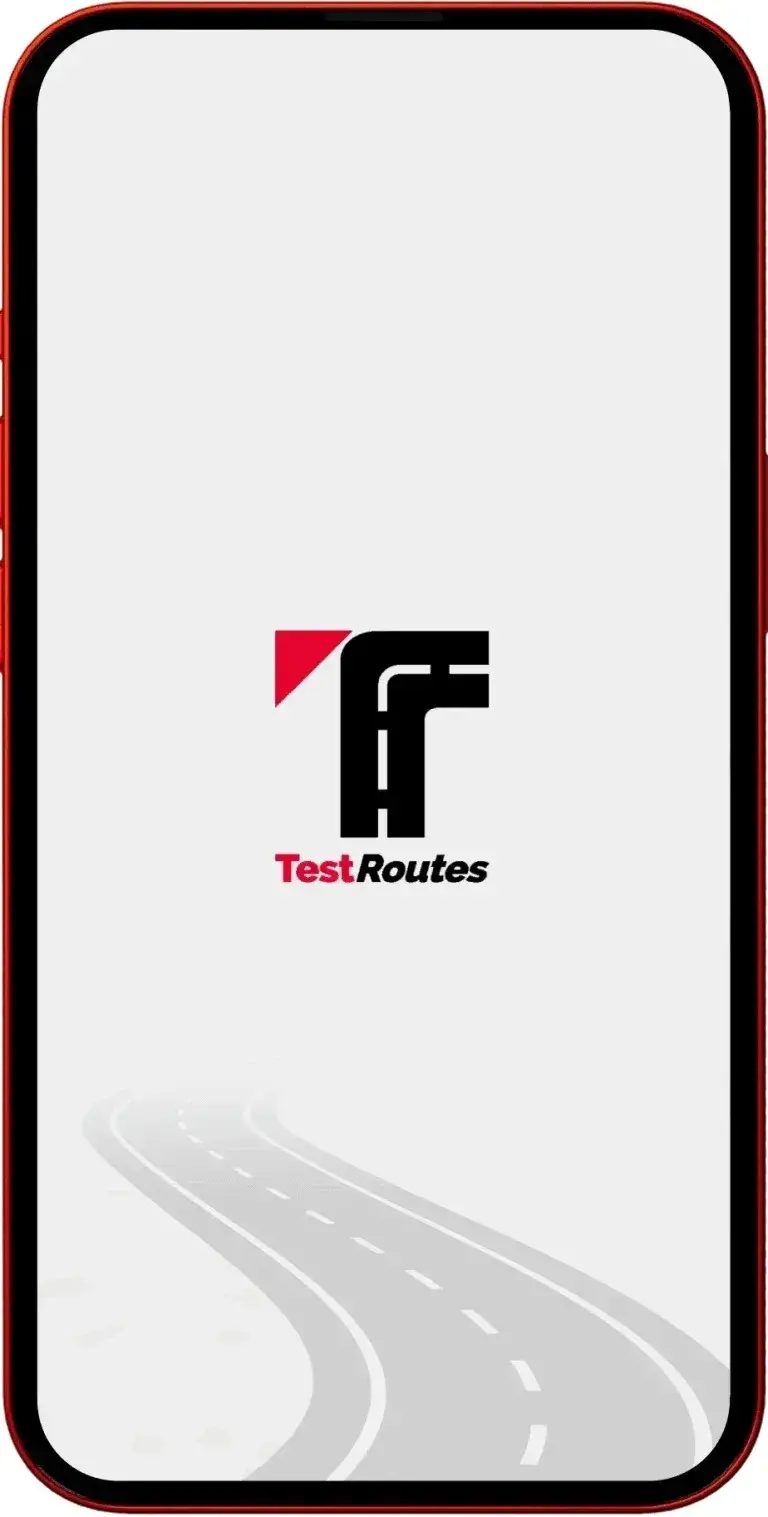Driving Test App : Emergency Preparation Checklist for Learners

Preparing for a driving test is about more than memorising routes and rehearsing manoeuvres. Emergencies, although rare, can happen at any time. A calm, prepared learner who knows how to respond has a far better chance of performing well and passing the test. This blog presents a full emergency preparation checklist to support learners, showing how both practical habits and modern tools such as a driving test app uk can make a major difference.
Understanding Emergency Situations During Driving Tests
During a driving test, the unexpected may occur. Emergencies do not always mean accidents; they can include minor disruptions that interrupt your flow or test your decision-making. Some examples are:
- Vehicle breakdowns, such as warning lights flashing or the car stalling in unusual circumstances
- Sudden hazards on the road, including pedestrians stepping out, cyclists swerving, or animals crossing
- Adverse weather conditions that reduce visibility or grip
- Examiner instructions that feel confusing or come at an awkward moment
- Medical issues like dizziness or feeling faint due to nerves
Being ready for these challenges allows learners to stay composed, demonstrate safety awareness, and meet examiner expectations.

Essential Pre-Test Preparations
An effective checklist begins before the day of the test. Key steps include:
- Vehicle roadworthiness: Ensure tyres are inflated and within legal tread limits, lights are working, and fluid levels (oil, coolant, washer fluid) are topped up. Brakes should be tested for smooth responsiveness.
- Documents: Always carry your provisional driving licence and your test booking confirmation. Without these, the examiner cannot proceed.
- Essentials pack: A small bottle of water, tissues, and glasses or contact lenses if needed. A mobile phone should be brought for emergencies but switched off during the test.
- Rest: A tired learner is a distracted learner. A full night’s sleep before the test supports concentration and reaction times.
- Mental clarity: Avoid cramming at the last minute. A relaxed state of mind improves awareness on the road.
Using a Driving Test App for Emergency Preparedness
Technology has transformed learner driver preparation. With a driving test app uk, learners can practise beyond the basics and simulate real challenges. Useful features include:
- Route familiarisation: Accessing local test routes provides confidence about the roads likely to be used. Many apps even allow you to download driving test routes for free, ensuring that cost does not become a barrier to preparation.
- Hazard perception: Interactive hazard clips simulate real-life emergencies, training quick responses.
- Mock scenarios: Full test simulations help learners understand time pressure and examiner style.
- Progress tracking: Pinpointing weak areas, such as roundabouts or manoeuvres, allows focused improvement.
By practising with these digital tools, learners not only prepare for emergencies but also build confidence in everyday driving.
Physical and Mental Readiness Before the Test
A well-prepared driver is both physically and mentally steady. Some simple but effective steps are:
- Sleep and nutrition: Aim for at least seven hours of quality rest the night before. Eat a light meal that avoids heavy or greasy foods, which may cause discomfort.
- Hydration: A small glass of water before leaving keeps focus sharp. Avoid too much caffeine as it can increase nervousness.
- Relaxation techniques: Deep breathing and positive self-talk reduce anxiety. Visualising a calm, safe drive helps set the right mindset.
- Handling nerves: Remember that minor mistakes will not automatically fail you; what matters is showing safe control under pressure.
Handling Vehicle-Related Emergencies During the Test
Mechanical issues, while unusual, can happen. Learners must know the correct responses:
- Flat tyre or engine stalling: If safe, pull over calmly, indicate clearly, and follow examiner instructions. The test may be rescheduled.
- Warning lights: Do not panic if a dashboard light appears. Safely continue until the examiner advises action.
- Unexpected noises or faults: Reduce speed, keep control, and signal intentions. Safety is always the top priority.
Examiners do not expect mechanical knowledge but they assess how calmly and safely a learner responds.
Managing Road Emergencies Safely
On-road emergencies test awareness and quick thinking. Some situations include:
- Sudden hazards: Always maintain safe distances and check mirrors. If braking is necessary, do so progressively rather than harshly.
- Poor weather: In rain, keep headlights on dipped beam and leave extra space between vehicles. Fog requires slow speed and fog lights if visibility drops below 100 metres.
- Skidding risks: If grip feels reduced, avoid harsh braking or acceleration. Gentle steering corrections maintain stability.
- Unexpected traffic changes: Roadworks, diversions, or temporary signals may appear. Follow signs calmly and listen to the examiner’s instructions.
The examiner is judging your ability to remain safe, not your ability to predict every possible problem.
Communication and Behaviour in Emergencies
How a learner behaves during an emergency matters as much as their physical control of the car.
- Calm communication: Inform the examiner clearly if you need to stop. For example, “I am pulling over safely here due to the hazard.”
- Polite tone: Examiners appreciate professionalism even in stressful situations.
- Non-defensive behaviour: Avoid arguing or over-explaining. Let safe actions speak for themselves.
Clear communication reduces misunderstanding and shows maturity.
Post-Emergency Recovery During the Test
After an incident, it is vital not to lose focus. One small disruption should not ruin the entire test.
- Take a slow breath and return attention to the road
- Accept that emergencies are part of driving and staying safe is the correct response
- Remember that examiners note calm recovery positively, as it reflects real-world driving resilience

Practice Checklist for Emergency Preparation
Here is a quick reference checklist learners can review before their test:
|
Preparation Area |
Key Actions |
|
Vehicle Checks |
Tyres, lights, fluids, brakes, fuel level |
|
Documents |
Provisional licence, booking confirmation |
|
Essentials |
Glasses if required, water, tissues, switched-off phone |
|
Mental Readiness |
Breathing exercises, positive self-talk, good night’s rest |
|
Driving Test App Practice |
Route familiarisation, hazard perception, progress review |
|
Emergency Drills |
Safe stopping practice, managing sudden hazards, handling poor weather |
This table serves as a simple reminder for the key aspects of preparation.
Role of Technology in Safer Driving Test Preparation
Digital tools continue to improve accessibility for learners. With features like hazard simulation, examiner-style mock tests, and the ability to download driving test routes for free, apps provide affordable, effective preparation. By integrating these tools with traditional lessons, learners gain a balanced, well-rounded skillset.
These resources not only support passing the test but also create safer, more confident drivers for life.
Conclusion
Emergencies during driving tests are unpredictable, but preparation makes all the difference. From pre-test vehicle checks and mental readiness to practising hazards through a driving test app uk, every step strengthens a learner’s ability to stay safe and confident. By anticipating challenges and responding calmly, learners can impress examiners while ensuring their own safety. Tools like route apps and structured checklists turn what might seem overwhelming into a manageable process. For those preparing seriously, Test Routes provides trusted support to ensure learners approach their driving test with clarity and confidence.
- Art
- Causes
- Crafts
- Dance
- Drinks
- Film
- Fitness
- Food
- Игры
- Gardening
- Health
- Главная
- Literature
- Music
- Networking
- Другое
- Party
- Religion
- Shopping
- Sports
- Theater
- Wellness



